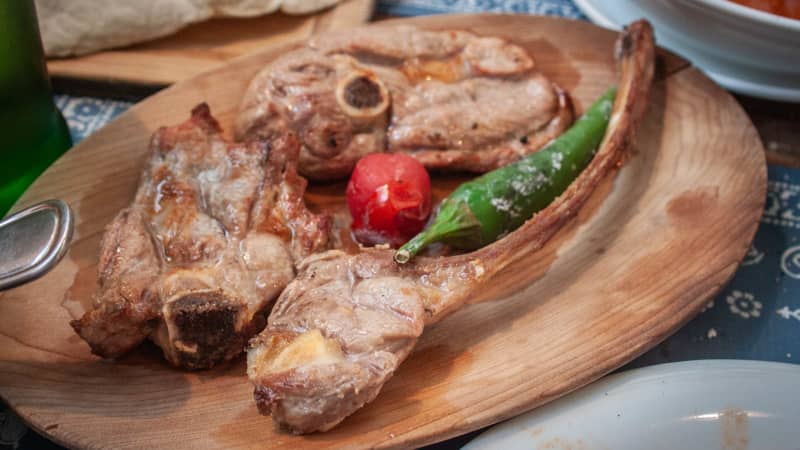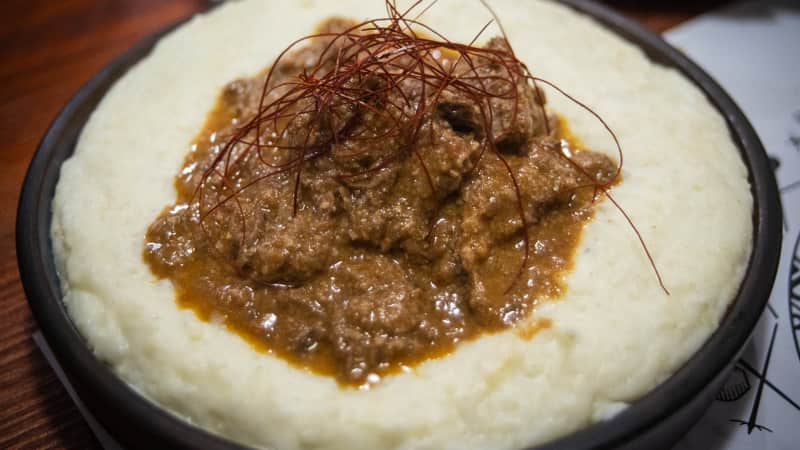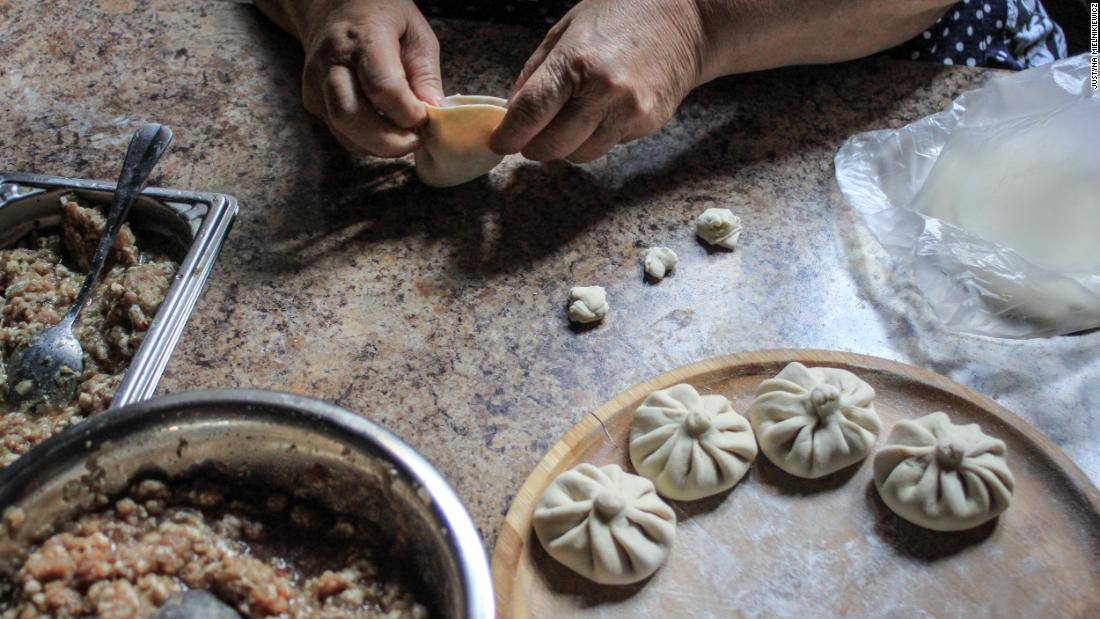Products You May Like
(CNN) — People are slurping dumplings in Portland, Oregon and in Berlin.
They’re dipping bread crust into a cargo of melted cheese in Manhattan and Warsaw, and savoring bites of eggplant stuffed with ground walnuts in Washington DC and London. Georgian food and wine, long revered for its individuality, exoticness and delectability, is now finding its rightful place on tables around the world. The greatest gastronomic secret has been let out of the bag.
Meanwhile, in Tbilisi, Georgia’s capital, a culinary revolution is taking place. Chefs are redefining the conception of Georgian food in terms of flavors, methods and sophistication.
Driven by greater contact with the rest of the world, the movement is also a resurrection of old culinary traditions. There has never been a more exciting time to dine in Georgia.
Here are the dishes you must try.
Khinkali
The best way to explore Georgian cuisine is to start with traditional fare, and no food says Georgia more than khinkali. This boiled dumpling originates from the high Caucasus, where it is traditionally stuffed with mutton, but down on the flatlands a spiced blend of ground beef and pork is more commonly used.
Because the dumplings pack a rich broth, you must first bite a hole and slurp the stock before gobbling the khinkali down. Don’t even think of using a knife and fork.
Khachapuri and acharuli
“Khacho” means curd in Georgian and “puri” means bread. Put those words together and you have the legendary cheesebread that comes in various shapes, sizes, and variations. (It is no longer khachapuri, however, when the bread is stuffed with beans, meat or potatoes.)
Google “khachapuri” and the iconic acharuli invariably comes up because, frankly, there is nothing like it in the world. Named after the Black Sea region of Adjara where it originates, the pie is literally a boat of supple leavened dough with a payload of gooey cheese topped with a raw egg yolk and a gob of butter.
It is the mother of all comfort foods, eaten with the hands by ripping off pieces of crust and dipping them into the arterially perilous fondue.
Mtsvadi

Mtsvadi with goat is served at the Restaurant Kakhelebi.
Justyna Mielnikiewicz
Taking chunks of meat, skewering and roasting them on coals is perhaps the most primitive carnivorous dish. Yet Georgians have somehow perfected this basic way of preparing meat, particularly in the eastern region of Kakheti, where they use the burning embers of grape vine trimmings — which burn hot and fast — to make mtsvadi.
Typically made from pork, it’s on the menu at most traditional restaurants in Tbilisi. Not all, however, go all out with choice cuts, perfectly cooked and seasoned — especially those where tourists are the target customers.
Shkmeruli
The mountain region of Racha is sometimes called “the land of swine and wine,” famous for its smoked pork and semi-sweet kvanchkara wine. It is also the birthplace of the monumental garlic chicken dish, shkmeruli.
Kharcho with ghomi

Kharcho is a spicy marriage of veal, tomato garlic and spices.
Justyna Mielnikiewicz
Walnuts feature heavily in Georgian cuisine, whether ground and mixed into cucumber and tomato salads, blended into vegetable pâté called phkali, or crushed into the holiday dessert, gozinaki.
They’re also used to thicken stews, like the west Georgian kharcho — a spicy marriage of veal, tomato, garlic, and a plethora of spices.
Chakapuli and mussels chakapuli
They call Tekuna Gachechiladze the queen of Georgian fusion — a moniker she disdains as she says all Georgian food is fusion, influenced by centuries of contact with Silk Road travelers and outright conquerors.
Yet she was the first chef to boldly experiment with traditional recipes and, in doing so, set new trends in the local food scene. Some of her recipes are now riffed on at restaurants around the world.
One of her more famous is mussels chakapuli, a recipe that angered many traditionalists for its gastronomic blasphemy.

